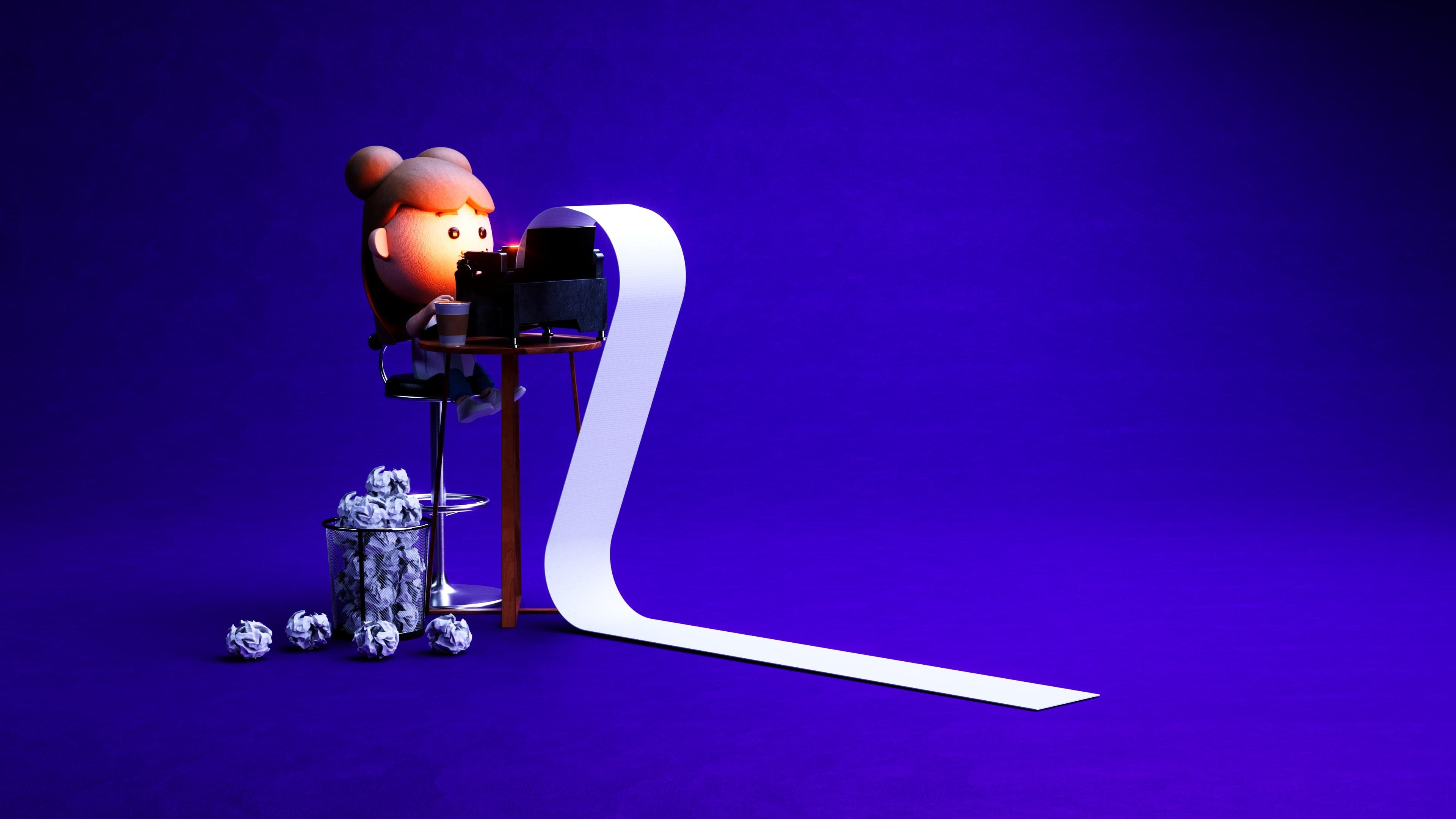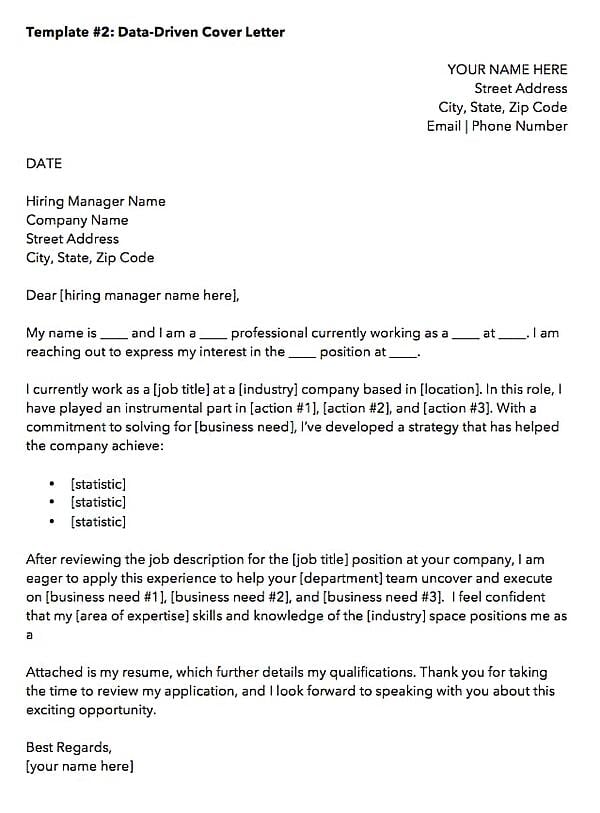Your CV is updated, fresh and has all the experiences, skills and knowledge that a potential employer would be looking for. You’re now on the hunt, speaking with recruiters, looking at specific company career pages and seeing what opportunities exist. Then you see it. At first, it’s just on a few select roles, contained within submission areas on certain websites. Before you know it, it’s everywhere, no longer skippable, but part of the application process. Of course, we’re talking about the covering letter.
Never quite defined, but always somehow crucial to any new application, the covering letter forms an unusual ingredient in today’s job hunt process. Often neglected or overlooked by employers, the cover letter sits in a limbo state, being needed, but not always necessary, especially when used for a technical position. In today’s Fetcha insight, we’ll be looking at the cover letter, what it is, where you should start when writing yours and what makes the ultimate version to help cement yourself for an interview.
What is a cover letter for a technical role?
A covering letter serves as an introductory letter that describes who you are, why you’re applying to a role and which requirements you fill from the employer’s job posting. It serves as the entree to your main course (full CV), and as such, should be concise and to-the-point. For a technical position, it should highlight relevant skills, accomplishments and technical credentials. That last part is the most important for tech positions, listing your technical credentials in a way that highlights you as the right fit before they’ve even looked at your CV.
What’s becoming more common for tech roles is the inclusion of GitHub and LinkedIn accounts, allowing employers to click and quickly see your technical skills, deployments and code at it’s core.
OK, where do I start?
Let’s jump straight in! First things first, you’ll want to see whether the company expects a digital letter (think .PDF format), an email letter or printed letter. Most companies will expect an emailed digital version as it makes it easier for administration their end, but you can often find out by messaging a member of their HR or Talent Acquisition team via LinkedIn. This also works as a great informal (yet polite) way to make first contact, helping to keep your name in their mind when you send over the full application. Double win.
We recommend checking out the following page for some great templates to use when typing up your letter. Whilst there is some areas of creative freedom, we recommend to not go overboard and instead keep your template practical and in-line with what most people would send over.
Below is a common template which works well to highlight specific stats that make you stand out in the form of previous successes.
With this template, we recommend saving it as a template within your email client, to help speed up creating multiples for numerous roles if there are a few you’re after. Now you’ll be ensuring each cover letter is directed towards a specific HR member of department, adding in the company details including address.
Now you’ll want to look through the job listing, making a note of all keywords, technical skills required and experience areas. These are here to make sure that applicants have the right skills before applying, so adding these to your cover letter shows that you’re not only skilled and meet the criteria, but have the ability to see what they are after and replicate those details into your cover letter.
Final tips
We recommend putting yourself in the shoes of the HR team you’re sending to. What will they be looking for? They’ll want to see that you have the skills and experience for the role, that you’ve taken time to look through the requirements of the role and made your cover letter specific to the job. They’ll also want to see a little about your motivations to apply and why this position is suited to you (but don’t go overboard in this area).
Hopefully, you now have a good idea on how to structure your cover letter and what to include to make it best of breed. Should you have any questions, feel free to get in touch.





